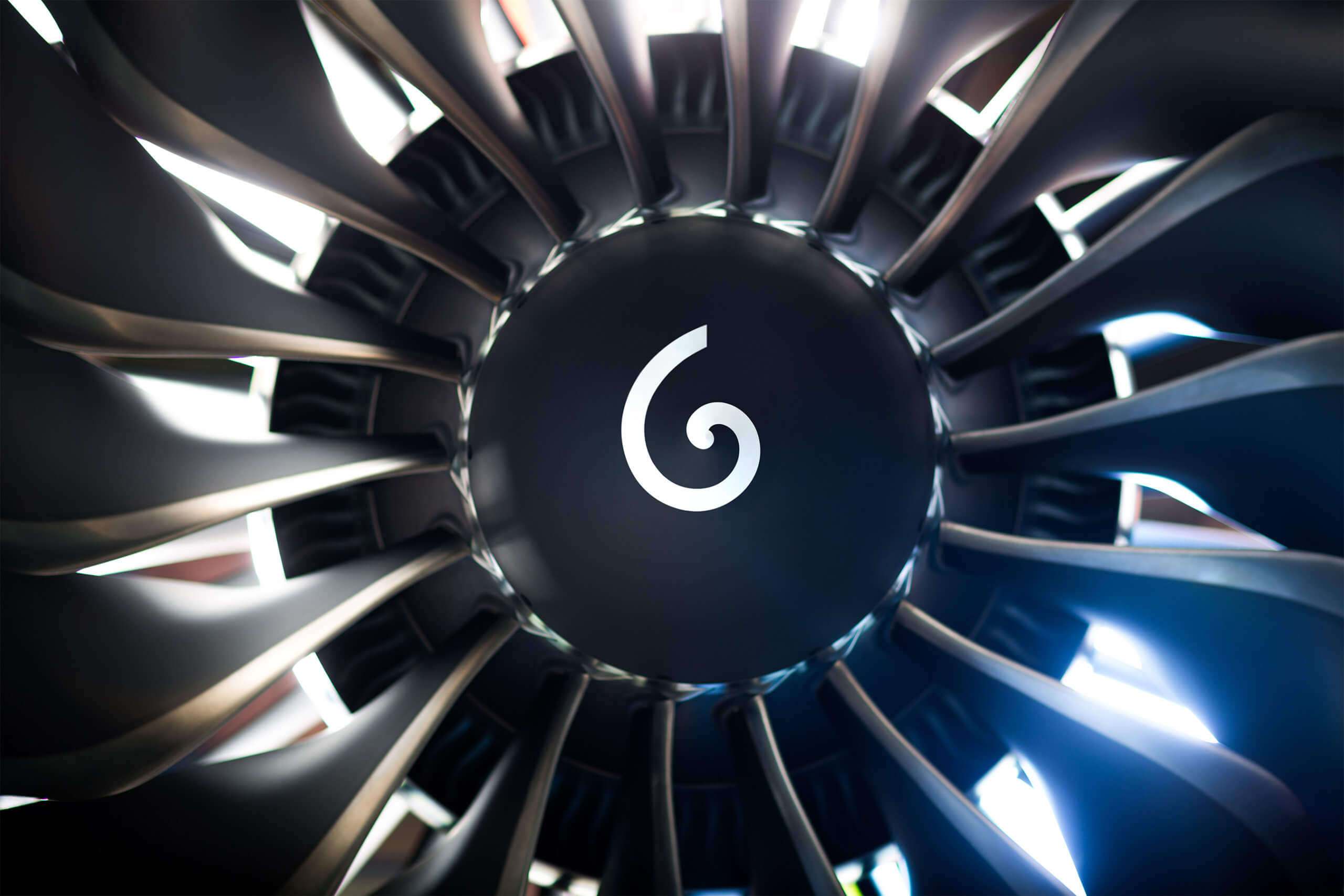Innovations in Engine Technology Take Center Stage at 55th Paris Air Show
Key Ideas
- CFM International's RISE engine promises 20% fuel consumption reduction, influencing strategies of Airbus and Boeing.
- Maintenance, repair, and overhaul (MRO) expansion, aftermarket growth, and digitization are key focal points.
- Focus on decarbonization with updates on hydrogen compatibility, SAF integration, and noise reduction technologies.
- Turboprops like ATR 72-600 and Pratt & Whitney Canada's hybrid-electric roadmap drive sustainability in regional aviation.
As the 55th Paris Air Show approaches, the spotlight shifts to engine innovations amid a lack of major airframe launches. CFM International's RISE engine, promising a 20% reduction in fuel consumption, shapes industry strategies. Maintenance, repair, and overhaul expansions by Safran and MTU Aero Engines cater to the evolving turbofan market. Sustainability efforts include hydrogen compatibility updates by GE, Safran, and Pratt & Whitney, although Airbus faces delays in its hydrogen aircraft program. Turboprops gain importance for regional aviation with the ATR 72-600 emitting 45% less CO₂ per trip. Pratt & Whitney Canada's hybrid-electric propulsion roadmap targets a 30% fuel efficiency improvement. GE Aerospace's Catalyst engine, focusing on efficiency and maintainability, may see increased adoption. The aviation industry's push towards sustainability, noise reduction, and operational efficiency drives the narrative at the Paris Air Show.
Topics
Aviation
Aviation Industry
Sustainability
Aviation Innovation
MRO
Engine Technology
Paris Air Show
Turboprops
CFM RISE
Latest News
